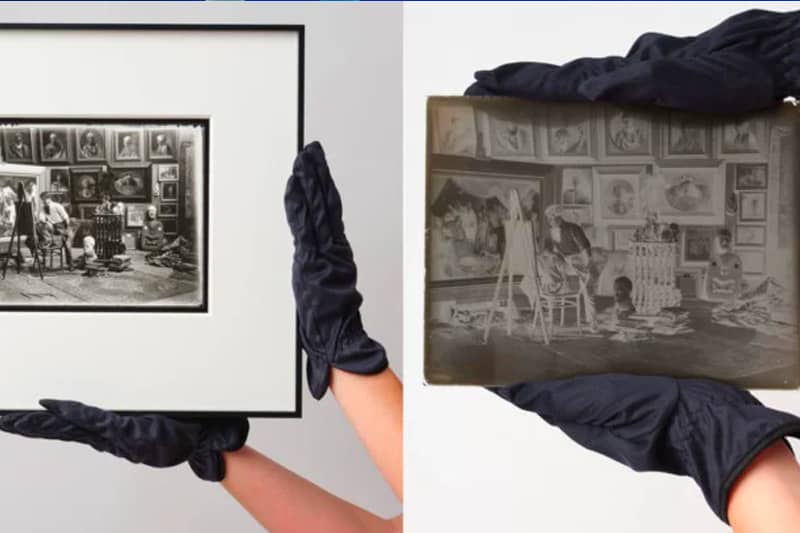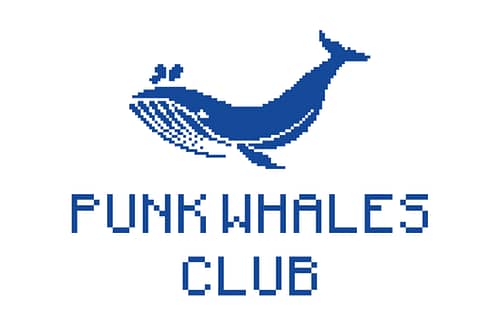Two historical glass plate photographs of artist Charles Goldie, known for his vivid and beautiful portrayals of New Zealand’s Maori people, have been paired with two NFTs. The twist? The auction house in New Zealand that is offering the pieces has suggested the original should be destroyed so they remain “permanently digital.”
The auction house behind this is Webb, one of New Zealand’s premier auction houses for jewelry, vehicles, art, and even rare alcohol. The company has plunged seriously into the world of NFTs, all under the flag of promising to provide the highest quality collectibles the market can offer.
In a recent NFT sale, Webb offered two glass plate negatives portraying artist Charles Goldie. The offer included the NFTs and the original pieces, which the buyer would receive.
Charles Ninow, head of the art department at Webb’s auction, has shared his excitement by saying that “We are taking something made on a specific day and specific time and is really important to New Zealand’s history and in a way we are making it immortal.”
Charles Goldie was born in 1870 and died in 1947, and the negatives were taken somewhere between 1910 and 1920. The initial estimate for the pieces was around $9000, but those expectations were shattered towards the end.
The first photo, portraying Goldie at his Easel, sold for a little more than $ 50 000. The second photo, portraying Goldie in his studio, sold for $76,250.
Webb is not the first auction house to treat art this way. In the summer of 2021, Lloyds Auctioneers and Valuers made an offer for some of the country’s most historically relevant photos to be sold, along with a non-fungible token version of them.
Webb’s campaign with the logo “Smash it” has received a mixed response. Some crypto enthusiasts find the opportunity exciting since they think this is one extravagant but useful way to preserve art forever. They also believe it has a signaling effect of marking a new age where art is primarily digital.
Critics on the other side are outraged at the possibility of art being destroyed for the sake of a “cheap publicity stunt” and think that destroying the art is not only disrespectful towards the artist themselves but also that a digital copy will never have the same authenticity and offer the same experience as an original one.






